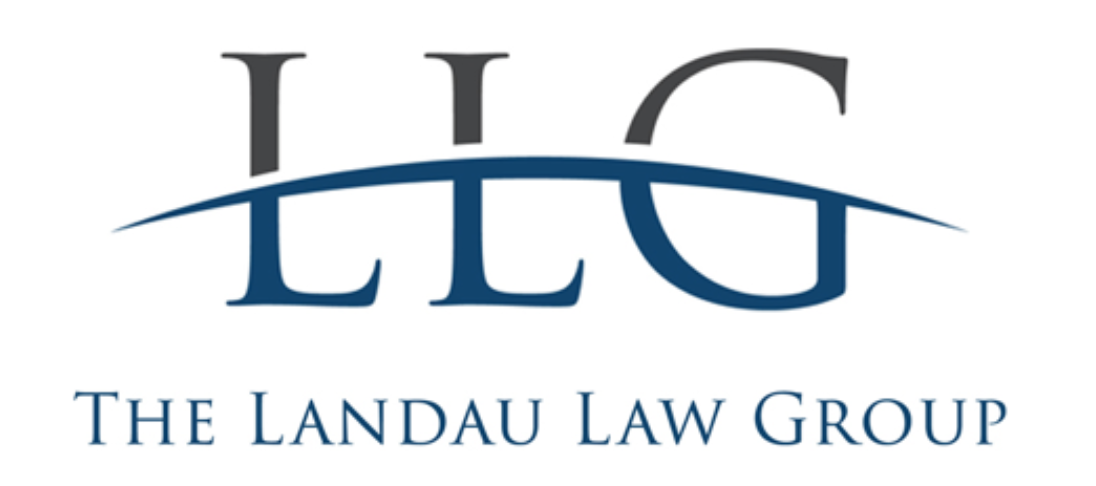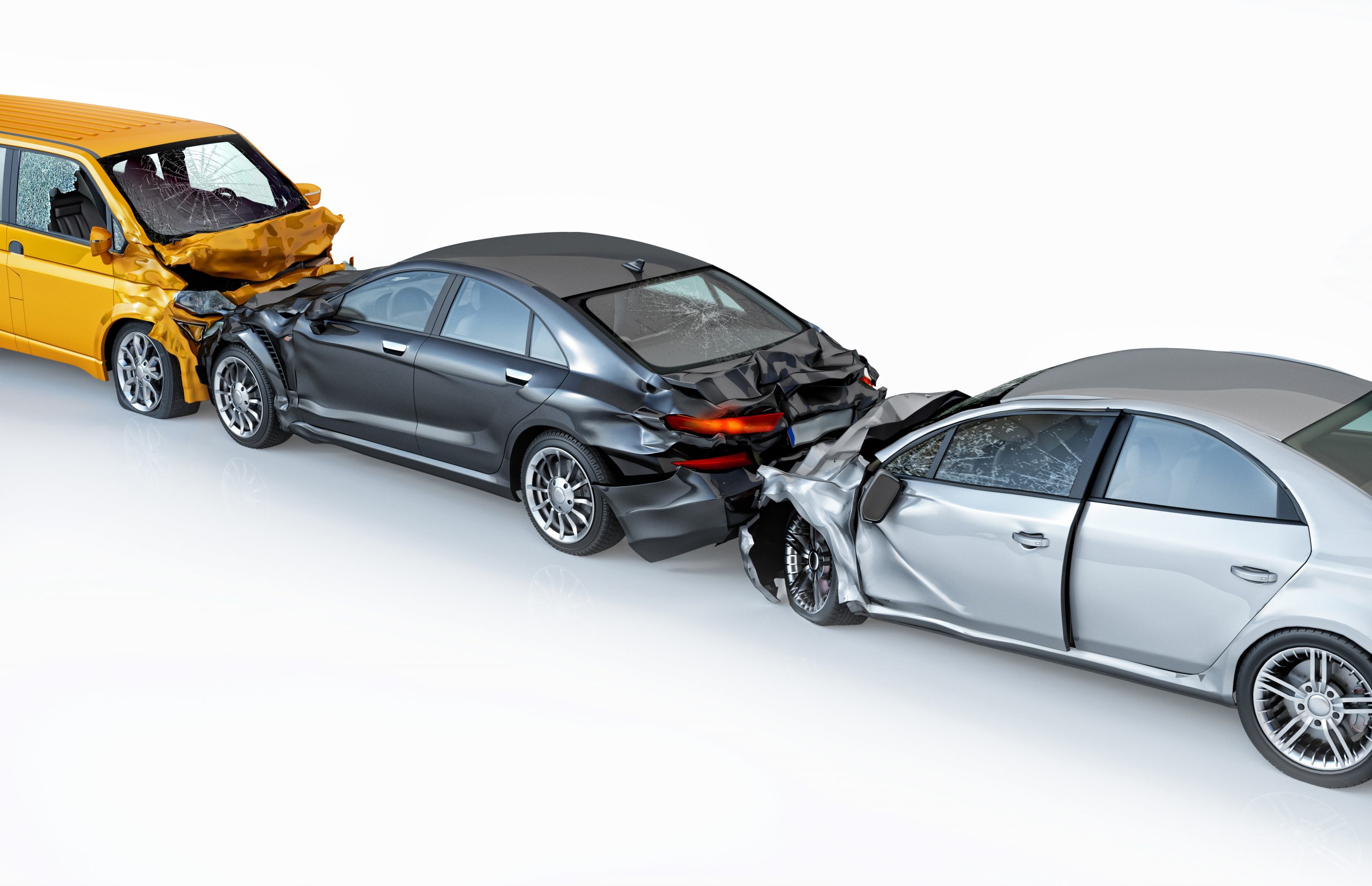Multiple car accidents
3 car accidents, or multiple car accidents, are sometimes referred to as chain-reaction car accidents as they typically involve one initial accident which then leads to another.
Three car accidents can be especially frustrating for the drivers involved. It isn’t always easy to determine who was at fault and who should pay for what.
In this post, we’ll cover some common multi-car accident scenarios, discuss the legal doctrine of comparative negligence, go over how fault may be apportioned in multi-car wrecks, and talk about some factors that may influence whether you have to pay.
Multi-car accident scenarios
In Florida, 3 car accidents or multi-car accidents typically occur following one of these scenarios:
- Car 3 rear-ends Car 2, sending it into Car 1.
- Car 2 rear-ends Car 1 and Car 3 then rear-ends Car 2.
While the most common multi-car accident is a three-car accident, sometimes additional cars are involved.
An additional car could be a part of the rear-ending chain reaction. Up north, nearly every winter we hear about huge multi-car accidents caused by ice on the highway.
One car could hit multiple cars. This typically happens when a drunk driver sideswipes a group of parked cars.
There are countless other scenarios for multi-car accidents.
In a chain-reaction car accident, who’s at fault?
The State of Florida uses a legal doctrine of comparative negligence.
Under this doctrine, negligence is apportioned amongst parties, essentially assigning fault by percentages.
For instance, you may be in a car accident in which the courts determine your injuries to be worth $100,000. However, under comparative negligence, the courts may determine your negligence to have been 20%. This essentially means you were 20% responsible for the accident. You then would only be entitled to $80,000 in damages, not the full $100,000.
Who is at fault in a rear-end collision involving 3 cars? 3 car accident middle car?
In a 3 car chain-reaction rear-end accident in Florida, negligence is typically apportioned primarily to the car that caused the initial accident.
So if Car 3 rear-ended Car 2, sending it into Car 1, then Car 3 would likely be responsible for most, if not all, of the damages.
In our other common scenario, in which Car 2 rear-ends Car 1, and Car 3 then rear-ends Car 2, it is likely that Car 1 would have very little negligence, Car 2 would have either the most or the same negligence as Car 3.
Car 2 would likely be at fault as they hit Car 1. Car 3 would likely be at fault as they hit Car 2. However, apportioning damage is not always this simple. We are looking to assign fault or determine liability. That can change based on numerous circumstances.
Some common examples of liability in a three-car accident may include:
- Any driver speeding
- Any driver being under the influence
- Any driver being distracted
- Any driver tail-gating (or following too closely)
- Any car not signaling or having operating tail lights
It could be that Car 1 was speeding, distracted, and suddenly slammed on the brakes. Car 2 then might not be able to stop and may rear-end Car 1 and Car 3 might hit Car 2. In this scenario, Car 1 likely would be apportioned greater liability. However, the courts might determine that Cars 2 and 3 also bear liability if they also were speeding and following too closely.
Determining comparative negligence in Florida car accidents
Now that we have a better understanding of how fault is legally apportioned in multiple car accidents, you may be wondering how they determine the apportions or fault in 3 car rear end collision settlements.
While fault is ultimately decided by a judge, jury, or by attorneys in a settlement, the final apportion is always based on available evidence.
Car crash evidence may include:
- Police report(s)
- Traffic violations and citations
- Witness statements
- Traffic camera footage
- Dashboard camera footage
- Damage at the scene of the accident
- Damage to vehicles involved in the accident
- Health records
- Physician statements
3 car rear-end collision settlements
In the bustling state of Florida, the prevalence of traffic incidents, including rear-end collisions involving three vehicles, underscores the importance of understanding the potential settlement arrangements that may arise. Navigating the aftermath of a multi-car collision can be complex, as it involves assessing liability, damages, and negotiating fair compensation for all parties involved.
1. Determining Liability in Multi-Car Collisions
Florida operates under a comparative negligence system, which means that each party’s degree of fault in a car accident can impact their eligibility for compensation. In a three-car rear-end collision, establishing liability becomes a crucial aspect of settlement negotiations. Factors such as following distance, speed, and sudden braking maneuvers all play a role in determining which driver or drivers bear responsibility.
Settlements may involve assigning different percentages of fault to each driver involved. For instance, if Driver A rear-ends Driver B, causing Driver B to collide with Driver C, the responsibility might be distributed among the drivers based on their actions leading up to the accident.
2. Insurance Coverage and Stacking
Florida is a no-fault auto insurance state, meaning that individuals must first seek compensation from their own insurance companies, regardless of who is at fault. However, when a collision involves multiple vehicles, the issue of insurance coverage becomes more complex.
In some cases, drivers may have the option to “stack” their insurance coverage. Stacking allows an individual to combine coverage limits from multiple insurance policies, potentially increasing the available funds for settlement. Understanding the nuances of stacking and the insurance policies of each driver involved is essential for a fair and comprehensive settlement.
3. Compensation for Injuries and Damages
Injuries sustained in a three-car rear-end collision can range from minor to severe. Settlement negotiations will likely include compensation for medical expenses, property damage, lost wages, and pain and suffering. Each party’s insurance coverage and the extent of their liability will impact the final settlement amount.
Moreover, Florida’s pure comparative negligence system allows individuals to seek compensation even if they were partially at fault. However, the awarded amount may be reduced based on the degree of fault assigned to the injured party.
In conclusion, settling a three-car rear-end collision in Florida involves a careful examination of liability, insurance coverage, and the extent of damages. Navigating this process often requires legal expertise to ensure fair compensation for all parties involved. If you find yourself in such a situation, seeking professional legal advice can significantly enhance your chances of securing a just settlement.
Florida car accident lawyers
If you were involved in a three-car accident in Florida, you may need a car accident attorney. At The Landau Law Group, our experienced personal injury attorneys offer free case evaluations. Contact us online or call us at (866)703-4878.
Florida Car Accident Lawyer
Car Accident Blog Posts
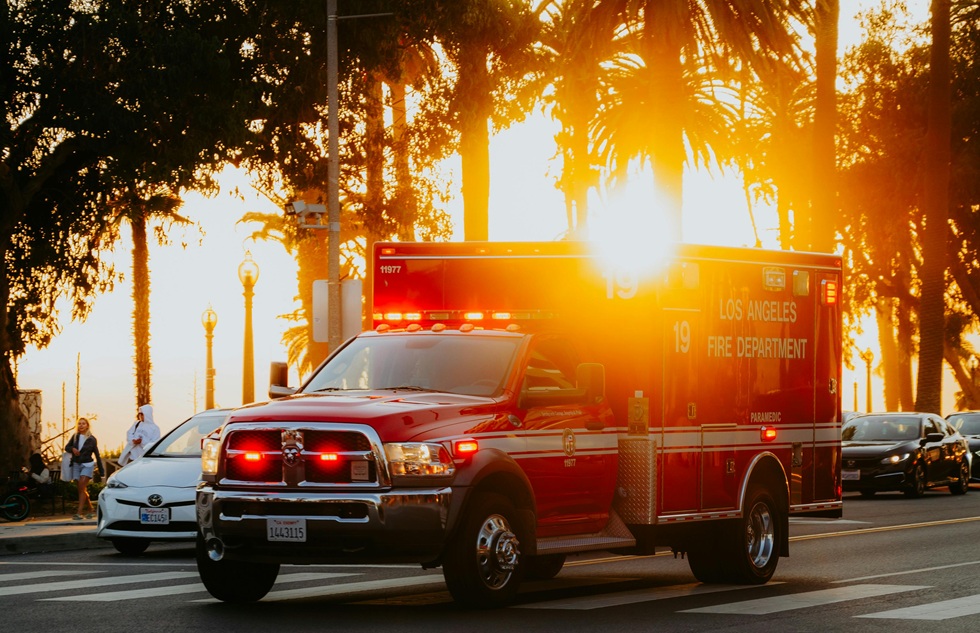
Can I File a Claim for Burns From a Car Accident?
Car accidents can cause many types of injuries, but burn injuries are among the most serious and painful. These injuries happen when vehicles catch fire, hot metal touches skin, or chemicals spill during a crash. Burns from car accidents often need long-term medical...

How Much Can You Sue Uber For An Accident?
Getting into a car accident while using Uber can be a confusing and stressful experience. Many victims wonder if they can sue Uber directly and how much compensation they might receive. Understanding your options is important if you've been injured as a passenger,...
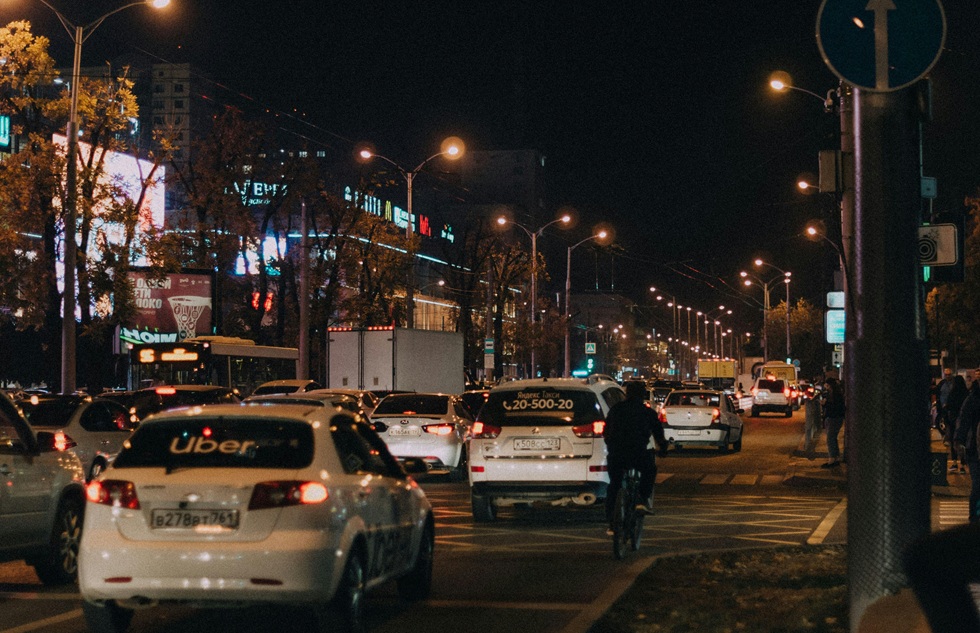
Florida Rideshare Accident Lawyer: Help After Uber & Lyft Crashes
When rideshare accidents happen in Florida, victims often face complex insurance situations and uncertainty about their rights. Rideshare companies like Uber and Lyft have specific insurance policies that may apply to accidents, but these companies and their insurers...
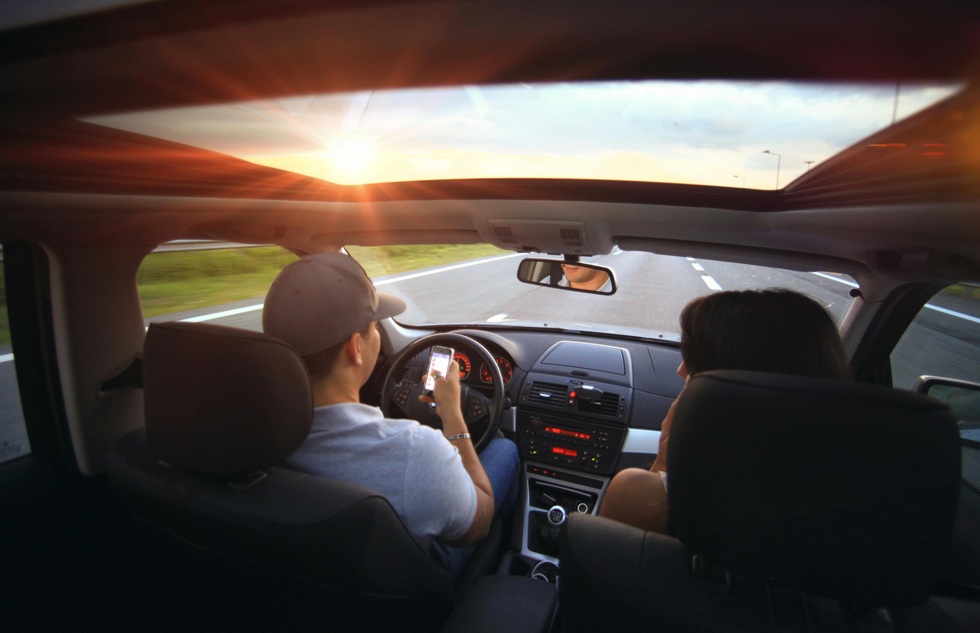
Distracted Driving Accidents: Definition, Causes & Statistics 2025
Getting medical care after a car accident in Florida is time-sensitive. Many accident victims don't realize that delaying treatment can affect both their health and their ability to receive compensation for injuries. Florida law requires accident victims to seek...

When Is It Too Late To Go To The Doctor After a Florida Car Accident
Getting medical care after a car accident in Florida is time-sensitive. Many accident victims don't realize that delaying treatment can affect both their health and their ability to receive compensation for injuries. Florida law requires accident victims to seek...

Why Is My Florida Car Accident Settlement Taking So Long?
If you're waiting for your Florida car accident settlement and wondering why it's taking so long, you're not alone. Many accident victims experience frustration with the settlement process, which typically takes between 1-9 months to complete. Insurance companies...
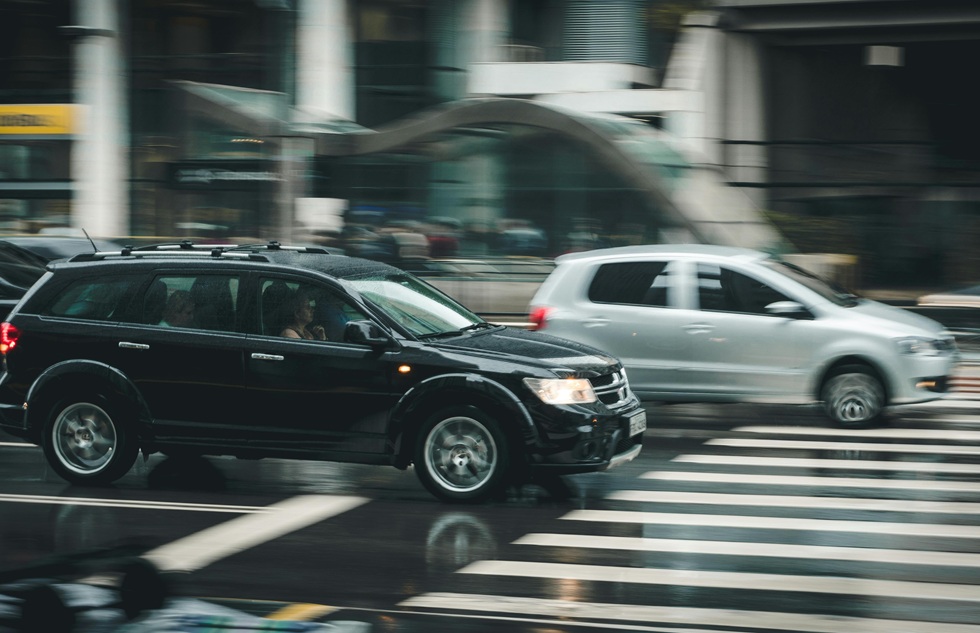
Is It Worth Getting an Attorney for a Car Accident in Florida?
Car accidents can be stressful and confusing experiences, leaving many people wondering if they should hire an attorney. While minor fender benders may not require legal help, accidents involving injuries, significant property damage, or insurance disputes often...
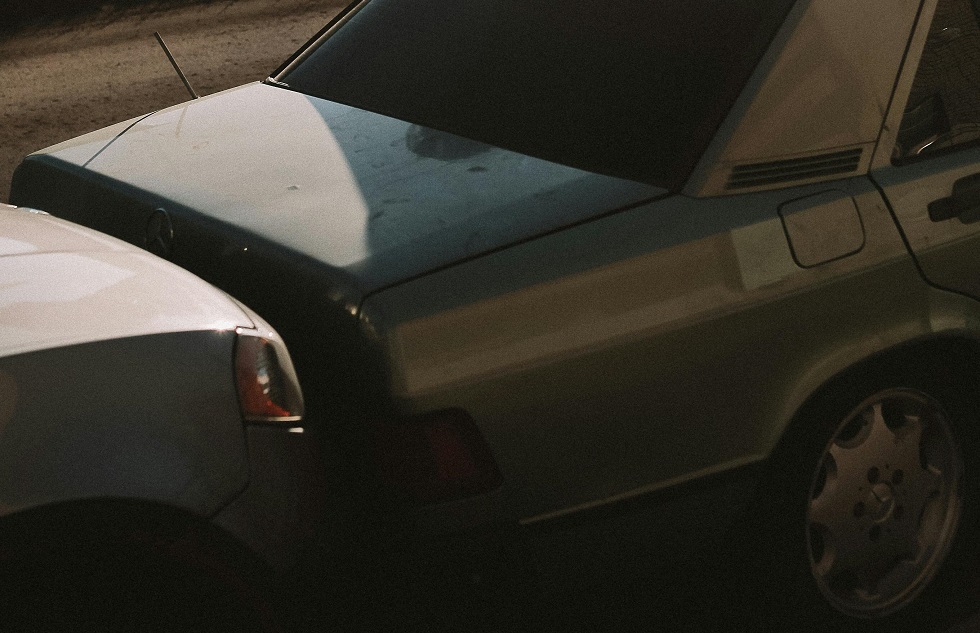
How Long Do I Have to Sue After a Car Accident?
If you've been involved in a car accident, it's crucial to understand the time limits for taking legal action. These time limits, known as statutes of limitations, vary by state and can significantly impact your ability to seek compensation for damages. Consulting...



